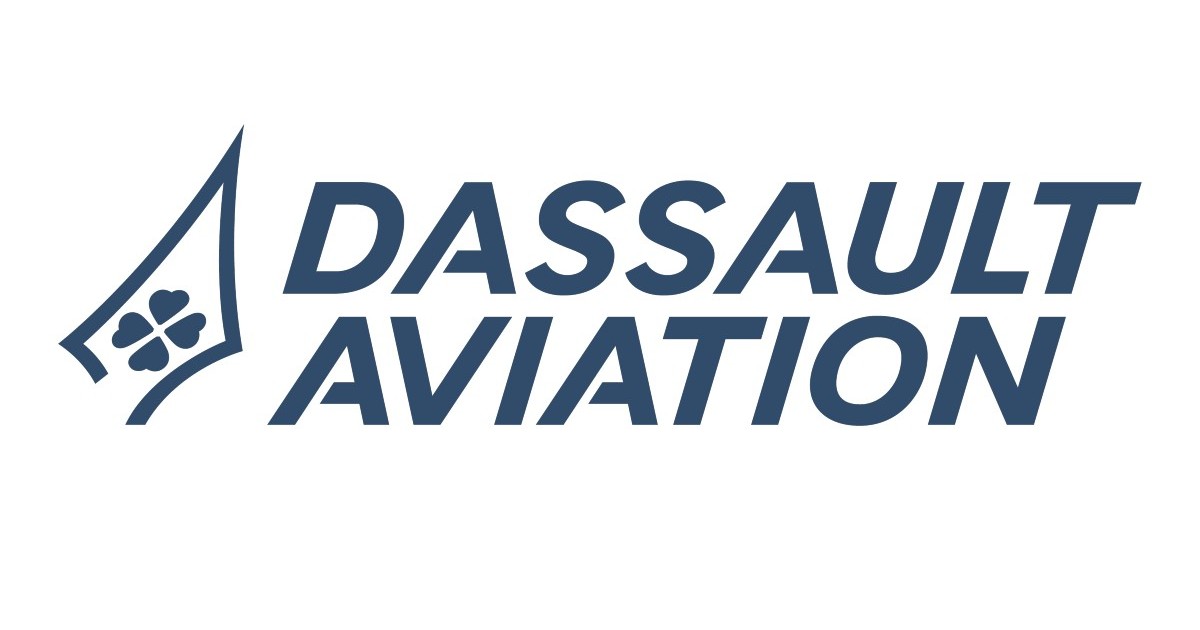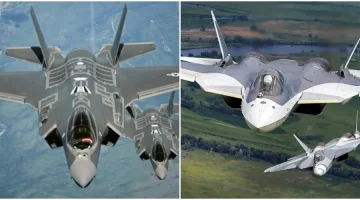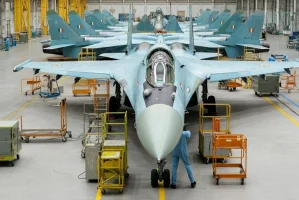- Views: 6K
- Replies: 67

The Indian Air Force (IAF) is setting an ambitious pace for its Multi-Role Fighter Aircraft (MRFA) program, aiming to procure 114 advanced fighter jets with a significantly higher production rate than initially anticipated.
Sources indicate that the IAF is pushing for the production of 24 aircraft per year, a substantial increase from the previously considered rate of 10-14 units annually. This accelerated timeline, while aimed at rapidly bolstering India's defence capabilities, is expected to increase costs for winning vendor and Ministry of Defence (MoD).
The MRFA program, a critical component of the IAF's modernization efforts, seeks to address operational demands and strengthen defenses across multiple fronts. By accelerating production to 24 jets annually, the IAF aims to quickly integrate these advanced aircraft into its fleet, enhancing its combat readiness.
However, this increased production rate comes with significant financial implications. To meet this demanding target, the winning vendor will need to establish a robust local production infrastructure, potentially requiring larger facilities, additional tooling, and a larger workforce.
These factors will translate into increased capital investment for the MoD. Furthermore, the need for technology transfer, workforce training, and supply chain scaling will add to the overall program cost.
The proposed production target also presents operational and logistical challenges. Foreign Original Equipment Manufacturers (OEMs) will need to demonstrate the capacity to ramp up production to meet the IAF's requirements. This may prove challenging given India's current infrastructure and the need for seamless integration of the supply chain.
Maintaining stringent quality standards under an accelerated production timeline is crucial. Close coordination between the OEM and its Indian partners will be essential to ensure that quality is not compromised in the pursuit of rapid production.
Finally, the increased production rate could introduce additional regulatory hurdles, requiring close collaboration between Indian authorities and foreign partners to ensure compliance with defence manufacturing standards.
While the IAF's push for a higher production rate underscores the urgency of its modernization efforts, it also highlights the need for careful planning and execution to manage the associated costs and logistical challenges. The MRFA program remains a key focus for India's defence sector, and its outcome will significantly shape the IAF's capabilities in the coming decades.



